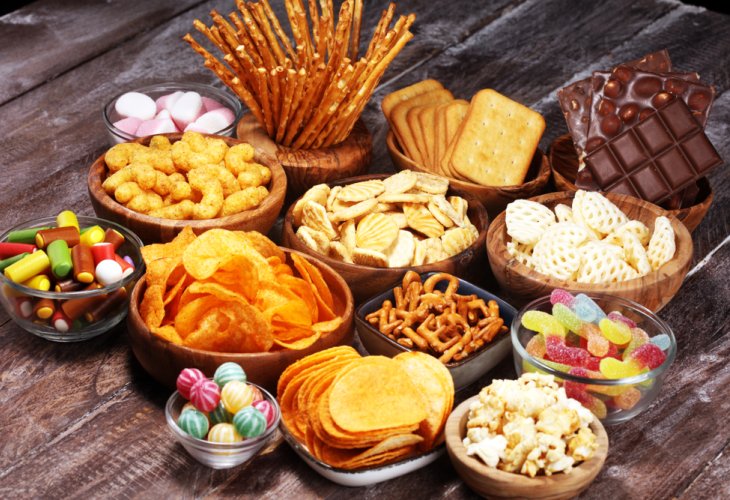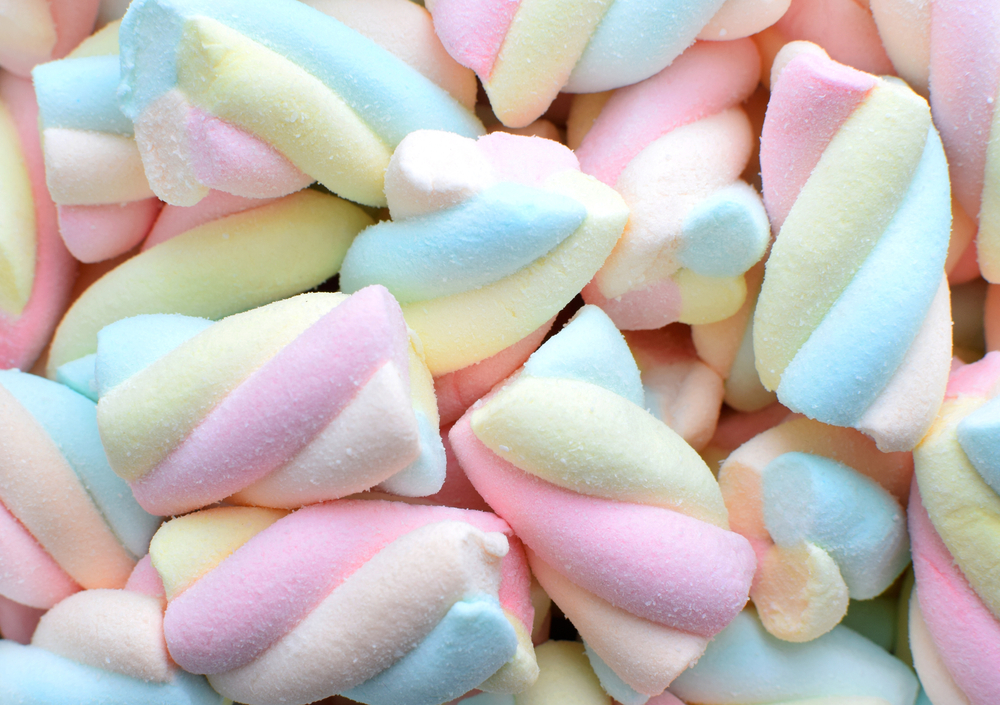What's Israel's Favorite Snack? Plus Some Tasty Tidbits About Treats
Discover why Bamba is Israel's top snack, the curious origin of toffee, and where marshmallows began their sweet journey. Join us on a delectable exploration of snacks and candies from around the world.
 (Photo: shutterstock)
(Photo: shutterstock)• The most popular snack in Israel is Bamba, making up about 24% of snack sales in the country. When Bamba first hit the market in 1964, it was cheese-flavored, but it didn’t take off. A last-ditch experiment in 1966 resulted in a peanut butter-coated version that became an instant hit with kids. Today, Bamba remains Israel's number one snack. Its success inspired similar peanut snacks like "Parpar" and "Shosh".
 (Photo: shutterstock)
(Photo: shutterstock)In second place among Israel's top-selling snacks is Strauss-Elite's Tapuchips, followed by Osem's Bissli in third, with Doritos and Apropo rounding out the top five.
• In 1950, Efraim Saadon began working at Osem, and by the early 1970s, he had risen to a senior production role at the company’s factory in Bnei Brak, which produced items like ptitim, pasta, and soup croutons. One day, a new frying machine arrived that didn’t fit the existing production line. Saadon decided to toss some pasta into it, and although the result wasn’t edible, it showed promise. Food engineer Dan Propper and his team worked tirelessly on perfecting the texture and flavors, leading to Bissli snacks in grill, onion, and falafel flavors, eventually joined by barbecue. The public loved it, and production rapidly expanded.
• Israelis spend nearly 1 billion shekels annually on snacks. Every second snack sold is made by Osem, while every third comes from Strauss-Elite.
• All snacks, salty or sweet, contain high levels of salt and sodium, major contributors to hypertension, atherosclerosis, and kidney diseases. Bamba contains the least sodium at 390 milligrams per 100 grams.
• Snacks aren’t the healthiest choice. For health-conscious consumers, pretzels are the top pick—they’re baked rather than fried and have fewer calories, though they're still a bit high in sodium. Bamba comes in second, also being baked and relatively low in sodium.
Sweets
• The shelf life of candy can range from two weeks to a year. Without proper storage in a cool, dry place, their longevity decreases significantly.
• Many candies are high in saturated fat and white sugar, offering "empty calories" and aren’t considered healthy. Some contain sugar substitutes like aspartame or stevia.
• In 1922, the first gummy bears were produced, then called "the dancing bear," and quickly became an iconic product for their company.
• The world’s largest gummy candy was made on February 3, 2014, in Düsseldorf, Germany. It weighed 512 kilograms, packed 6,120 calories, and took six days of refrigeration for the gelatin and sugar to set.
 (Photo: shutterstock)
(Photo: shutterstock)• Toffee is made by boiling molasses or sugar with butter, milk, and sometimes flour, heated to 150-160°C. Sometimes raisins are added. Once the mixture cools, it’s poured into molds. The extent of stickiness or hardness varies with cooking time and temperature.
• Historically, toffee was a hard candy from burnt caramel. In 1980, in Halifax, the Macintosh family’s candy factory developed a softer, flexible version known as English toffee, commonly mixed with almonds.
• Theories about the origin of "toffee" suggest it might derive from a Creole word for a sugar and molasses mix, a connection to "tafia," a rum from the West Indies, or from the words "tuffy" or "toughy," indicating toughness.
• Marshmallows: Ancient Egyptians were the first to enjoy marshmallow treats made from the mallow plant (MALLOW), which grew in marshlands (MARSH). Nuts and honey were added to the extract. In 1948, American Alex Doumak patented an extrusion process, giving marshmallows their familiar cylindrical shape. The first produced in Nazareth used starch molds, later transitioning to a method that gave marshmallows their cotton candy-like texture.
 (Photo: shutterstock)
(Photo: shutterstock)
